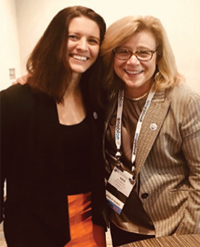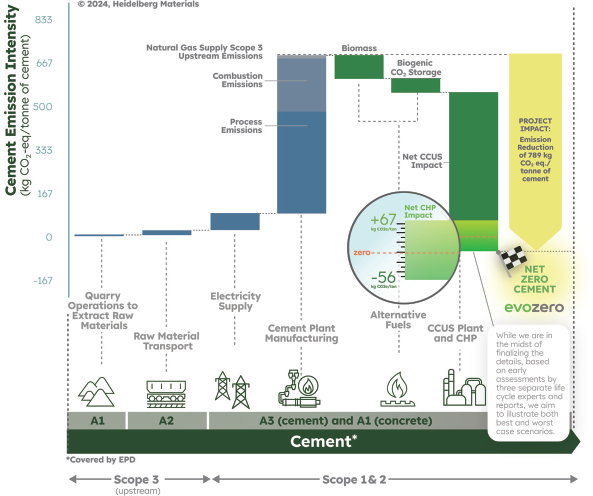March/April 2018
Communities: Industry
The Perfect Environment for an Engineer
 NSPE member Kristin Morico, P.E., might never have had a fruitful career journey of over 30 years as an environmental engineer if it hadn’t been for a woozy incident during her time as a biology undergrad at Fairfield University in Connecticut.
NSPE member Kristin Morico, P.E., might never have had a fruitful career journey of over 30 years as an environmental engineer if it hadn’t been for a woozy incident during her time as a biology undergrad at Fairfield University in Connecticut.
Morico was a pre-med student, hoping to become a veterinarian. That dream was quickly dashed one weekend when she was shadowing a local vet and had to watch a routine spay surgery on a dog. One look at the bloody scene—and she immediately passed out.
Thankfully, that fainting spell ended up guiding Morico toward her true passion: environmental engineering.
Morico has spent more than a dozen years in an executive capacity during her career. She has assumed a variety of leadership positions across several well-known companies, including Clairol Inc., Malcolm Pirnie Inc., Pratt and Whitney, Tyco International, and General Electric. Today, she’s strategic management executive director for environment, health, and safety at AECOM’s design and consulting group.
Morico began her career journey in the municipal water sector, working as a process engineer for the Regional Water Authority in New Haven, Connecticut. She found the hands-on field work extremely valuable, and she has applied those experiences to technical field engineering issues throughout her career.
That job “gave me a good ground for learning,” Morico says. “When things went wrong, I was able to ask the right questions.”
As a PE, Morico has gravitated toward companies she believed in and supported her work. It’s the advice that she wants to pass down to young engineers, especially those involved in the environmental sector: You have the capability to decidewhere you want to work and to choose the right company.
Another word of advice: “Getting my PE license was a must,” Morico says. “It’s been so important throughout my entire career…. There’s a lot of responsibility to ensure that things are right and that you are paying due diligence. You are licensed for the public good and safety, and that supersedes everything.”
In addition to her many career accomplishments, Morico has also been involved in a variety of professional organizations. Currently, she is president-elect of the American Academy of Environmental Engineers and Scientists.
When her term as president begins in 2019, Morico will be the third woman ever to serve as AAEES president. During her presidency, she wants to focus on developing young environmental engineers.
“There’s a lot of things to focus on,” Morico said. “For me in particular, I get excited about grooming the next generation of folks. Looking at early-career and mid-career people coming in—to get them enthusiastic about becoming environmental engineers.”
Throughout her career, Morico has always found time to mentor aspiring engineers. To her, it’s a way to give back to the engineering community and aid young people trying to advance their professional career.
Mel Butcher, E.I., an engineering consultant at Arcadis, first connected with Morico in the fall of 2014 through the American Society of Civil Engineers’ mentor program. She and Morico would have regular phone conversations each month in which Morico would share insight into the executive side of the industry, discuss how to take initiative in the workplace, and provide other kinds of advice.
“I really look up to her,” Butcher says. “She’s a great model and a leader who takes the time to help others. She has a willingness to mentor younger people and offer advice on both the personal and professional front.”
Morico says that environmental engineering has taken on a whole new trajectory since she first started on her career path. She loves the newly found attitude that the next generation of engineers has when approaching the subject of sustainability and climate change.
“Back in the mid-’80s, sustainability wasn’t even a word that was thrown around,” Morico says. “It wasn’t even in the vernacular. Fast forward to now, it’s a global issue. It’s a whole different ball game, seeing a generation that absolutely cares and that is making decisions based on environmental issues.”


 Volunteering at NSPE is a great opportunity to grow your professional network and connect with other leaders in the field.
Volunteering at NSPE is a great opportunity to grow your professional network and connect with other leaders in the field. The National Society of Professional Engineers (NSPE) encourages you to explore the resources to cast your vote on election day:
The National Society of Professional Engineers (NSPE) encourages you to explore the resources to cast your vote on election day:



